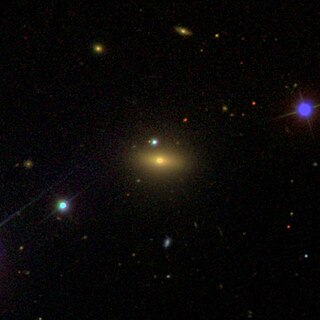
NGC 5886 is an +14 magnitude elliptical galaxy in the constellation Boötes. It was originally discovered by John Herschel in 1828 with an 18.7 inch reflector.

NGC 31 is a spiral galaxy located in the constellation Phoenix. It was discovered on October 28, 1834 by the astronomer John Herschel. Its morphological type is SB(rs)cd, meaning that it is a late-type barred spiral galaxy.

NGC 38 is a spiral galaxy in the constellation Pisces. It was discovered in 1881.

NGC 4780 is an intermediate spiral galaxy within the constellation Virgo. It is located about 166 million light-years away from the Sun. It was discovered in 1880 by the astronomer Wilhelm Tempel.
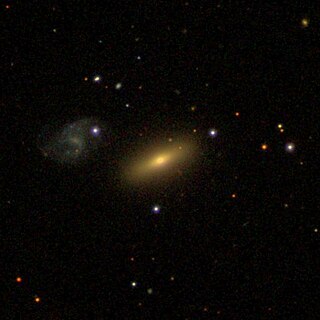
NGC 42 is a lenticular galaxy in the Pegasus constellation. It was discovered on October 30, 1864, by the German astronomer Albert Marth. It may be gravitationally interacting with the nearby NGC 41.

NGC 1728 is a spiral galaxy in the constellation Eridanus. The galaxy is listed in the New General Catalogue. It was discovered on November 10, 1885 by the astronomer Edward Emerson Barnard.
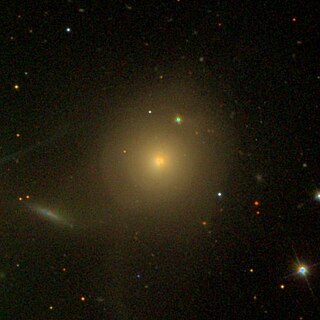
NGC 467 is an unbarred lenticular galaxy in the constellation Pisces. It was discovered on 8 October 1785 by William Herschel.
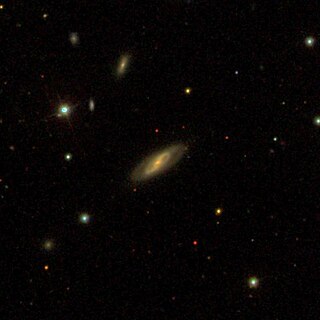
NGC 74 is a lenticular galaxy located in the Andromeda constellation. It was discovered on 7 October 1855 by Irish astronomer William Parsons.
NGC 7759 is a lenticular galaxy in the constellation Aquarius. It is located about 340 million light-years away from the Sun. It was discovered independently by American astronomers Lewis A. Swift and Francis Preserved Leavenworth.
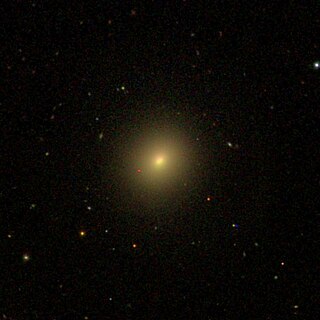
NGC 113 is an unbarred lenticular galaxy located in the constellation Cetus. It was discovered by German astronomer, Ernst Wilhelm Leberecht Tempel, on August 27, 1876.

NGC 115 is a barred spiral galaxy located in the southern constellation of Sculptor. It was discovered by the British astronomer John Herschel on September 25, 1834. The galaxy is approximately 85 million light-years from the Sun, and is about 50,000 light-years in diameter, nearly half the size of our home galaxy, the Milky Way.

NGC 116 is a possibly lost or "non-existent" object in the constellation Cetus. This object is up for debate and has been considered to possibly be PGC 1671. The NED entry for this object contains the note NGC identification is very uncertain.
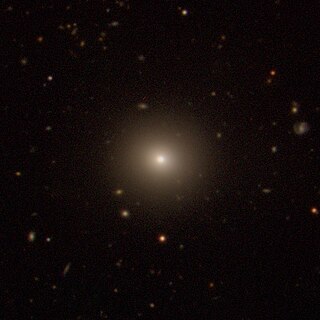
NGC 154 is an elliptical galaxy in the Cetus constellation. The galaxy was discovered by Frederick William Herschel on November 27, 1785.
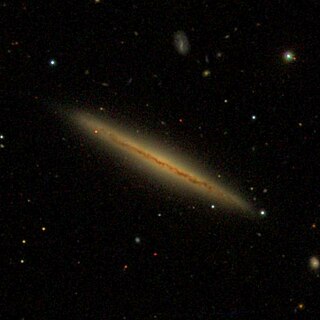
NGC 5470 is an edge-on spiral galaxy located between 43 and 68 million light-years away in the constellation Virgo. It was discovered by astronomer John Herschel in 1830. It is a member of the Virgo III Groups, a series of galaxies and galaxy clusters strung out to the east of the Virgo Supercluster of galaxies.

NGC 5559 is a barred spiral galaxy, located 240 million light-years away in the constellation of Boötes. It was discovered on April 10, 1785, by the astronomer William Herschel.

NGC 479 is a spiral galaxy in the constellation Pisces. It was discovered by German astronomer Albert Marth on October 27, 1864. It is about 240 million light-years away from Earth.
NGC 7812 as is an intermediate spiral galaxy in the constellation Sculptor. The galaxy was discovered on 25 September 1865 by Sir John Hershel. At its widest, it measures approximately 100-thousand light years across, and is 315 million light years away from Earth.

NGC 5619 is an intermediate spiral galaxy in the constellation Virgo. The galaxy was found on April 10, 1828 by the British astronomer John Herschel. It is located about 390 million light-years away from the Sun.

NGC 532 is a spiral galaxy in the constellation Pisces. The galaxy is approximately 100 million light-years away from the Earth, and was discovered on September 21, 1786, by the German-British astronomer William Herschel.

NGC 3902 is an intermediate spiral galaxy in the constellation Leo. It was discovered on April 6, 1785, by William Herschel and observed on February 19, 1827, by John Herschel. It is estimated to be 180 to 185 million light-years away, and its redshift-independent distance estimates to about 185 to 240 million light-years. It is around 75,000 light-years in diameter.


















